Promoting the strengths of craft villages
Bat Trang Commune, with its ancient ceramic villages of Bat Trang, Giang Cao and Kim Lan, has been recognized as a National Intangible Cultural Heritage; the whole commune has about 1,200 production and business households and more than 300 artisans, creating sophisticated ceramic products imbued with cultural identity, favored by domestic and foreign markets.
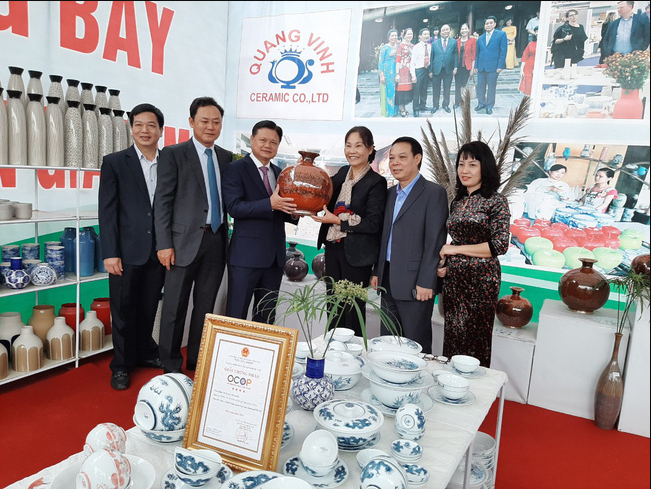
Products of Quang Vinh Ceramics Company Limited, Bat Trang commune meet 4-star OCOP standards.
Photo: Khanh Duy
Promoting this strength, in recent years, Bat Trang has actively built and developed OCOP products; up to now, more than 50 ceramic products of the commune have achieved OCOP certification from 3 to 5 stars, contributing to increasing product value and increasing income for people.
In addition, Bat Trang also strongly develops craft village tourism and spiritual tourism; there is the Center for the Essence of Vietnamese Craft Villages, which displays the history of ceramics and organizes cultural activities and pottery making experiences. Along with that is the Kim Lan Ancient Ceramic Museum, which preserves nearly 300 artifacts, proving the glorious history of the craft village. The commune also has 47 historical and cultural relics, including 10 national relics and 20 city-level relics, becoming an attractive destination for tourists.
According to the Head of the Economic - Budget Committee of the Commune People's Council, Pham Huy Khoi, with the advantage of traditional ceramic craft villages, the locality is focusing on developing tourism into a spearhead economic sector; combining the exploitation of the strengths of craft villages, historical and cultural relics and landscapes along the Red River to create diverse tourism products such as eco-tourism, spiritual and cultural tourism and high-tech agricultural experience tourism.
Similarly, in Phu Nghia commune - one of the "capitals" of the capital's rattan and bamboo weaving villages, businesses and production facilities are constantly improving designs, applying environmentally friendly coating technology, suitable for modern consumer tastes. A typical example is the family of excellent artisan Nguyen Van Trung (Chairman of Phu Vinh Rattan and Bamboo Enterprises Association), with 23 OCOP certified products; Mr. Trung said: craftsmen need to carefully survey market demand, cooperate with distribution units; currently Phu Vinh rattan and bamboo weaving is present in the Hanoi OCOP store system, some e-commerce platforms and exported to many countries around the world .
Spreading OCOP products
The capital city of Hanoi is proud to own 1,350 craft villages and villages with crafts, of which 334 have been recognized as traditional craft villages. These craft villages not only create products imbued with national cultural identity and are environmentally friendly, but also contribute significantly to the local economy. The total annual production value of these 334 traditional craft villages reaches over 24,000 billion VND, with the average income of workers reaching 7 million VND/person/month, 1.5 - 2 times higher than that of purely agricultural workers.
The OCOP program has become an important lever to increase the value of craft village products. However, although 771 OCOP products of Hanoi have been evaluated and classified, there are still many challenges: most OCOP products have not escaped from small scale, manual, simple packaging, incomplete product information, untraceable origin... leading to difficulties in accessing large distribution systems and international market standards. Moreover, many OCOP subjects are individual households or small cooperatives, with limited management capacity, lacking professional personnel in marketing, design, and communication; this makes it difficult for even good products to gain a foothold in the competitive market.
Deputy Director of the Hanoi Department of Agriculture and Environment Nguyen Dinh Hoa said: The OCOP program focuses on developing the rural economy in the direction of promoting internal resources and increasing value. This is an important solution and task in implementing the National Target Program on New Rural Development for the period 2021 - 2025. Therefore, for OCOP products to develop sustainably, it is necessary to deploy synchronous solutions.
Specifically, the Hanoi Department of Agriculture and Environment proposed that the Ministry of Agriculture and Environment and related ministries and branches pay attention to supporting trade promotion, connecting supply and demand for Hanoi OCOP products through fairs, promoting and introducing products at home and abroad. In addition, it is necessary to promote production organization in the direction of linking value chains, building stable raw material areas to ensure input quality, thereby improving the quality of output products. Departments, branches and localities need to strengthen propaganda and support participants in the OCOP program, helping them improve their management capacity, access advanced production technologies and build effective business strategies.
Harmoniously combining the preservation of traditional values and innovation, OCOP products will not only develop stably but also affirm their position in the market, contributing to improving people's lives and preserving the nation's precious cultural heritage.
https://daibieunhandan.vn/thuc-hien-chuong-trinh-ocop-o-ha-noi-phat-huy-tinh-hoa-san-pham-lang-nghe-10383078.html




![[Photo] Urgently help people soon have a place to live and stabilize their lives](/_next/image?url=https%3A%2F%2Fvphoto.vietnam.vn%2Fthumb%2F1200x675%2Fvietnam%2Fresource%2FIMAGE%2F2025%2F12%2F09%2F1765248230297_c-jpg.webp&w=3840&q=75)



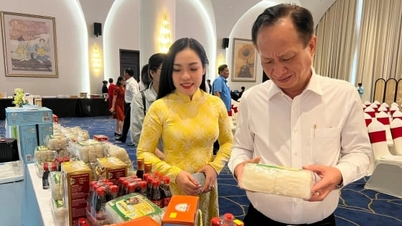







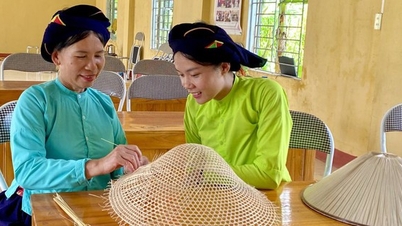

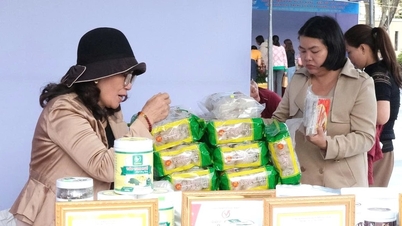

















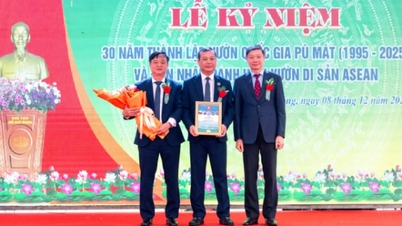

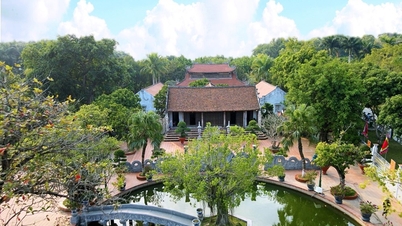

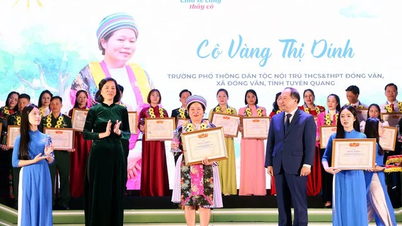
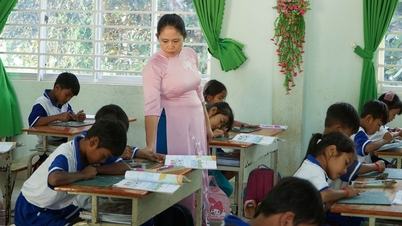

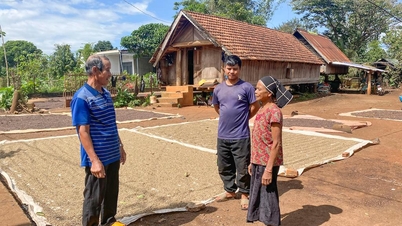



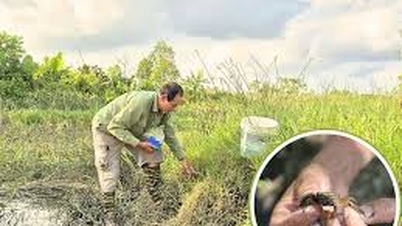



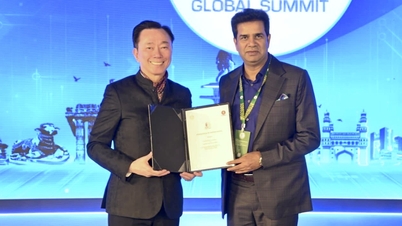

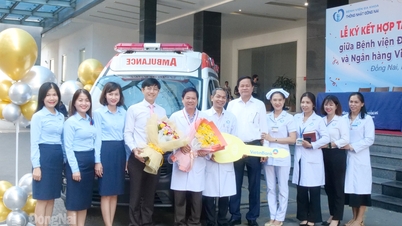
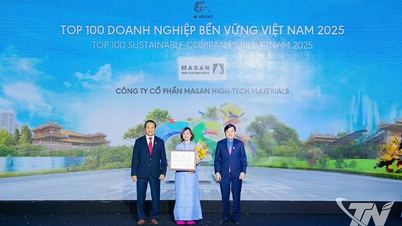


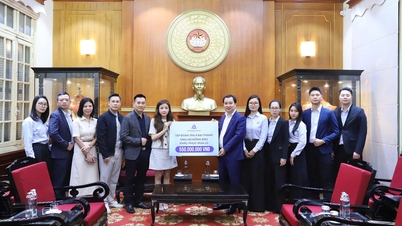

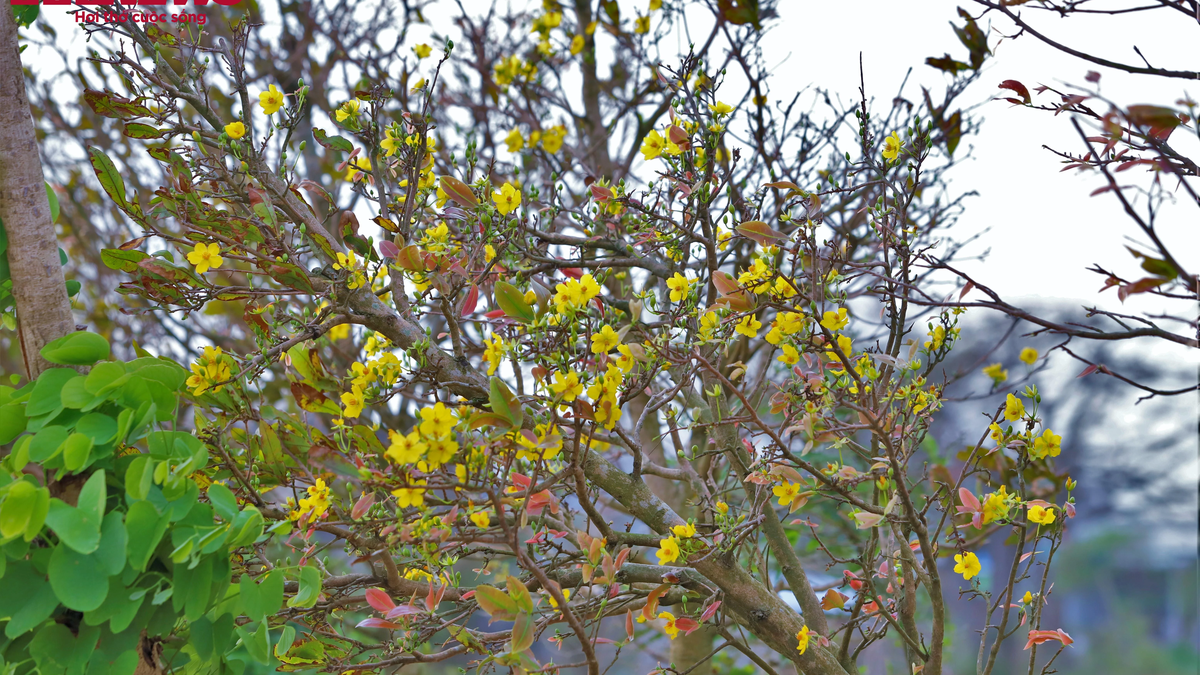












![[Photo] General Secretary To Lam works with the Standing Committees of the 14th Party Congress Subcommittees](https://vphoto.vietnam.vn/thumb/402x226/vietnam/resource/IMAGE/2025/12/09/1765265023554_image.jpeg)





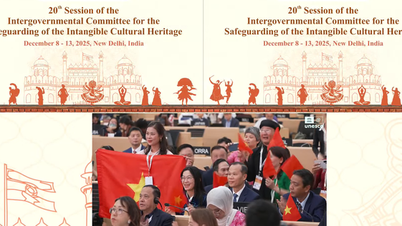


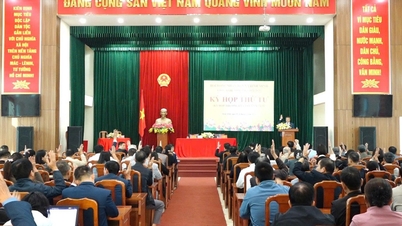
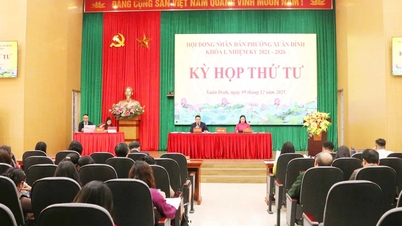
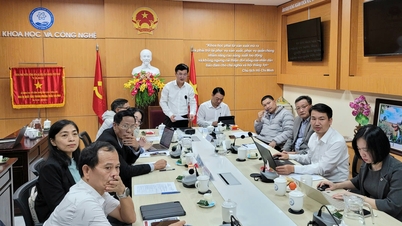

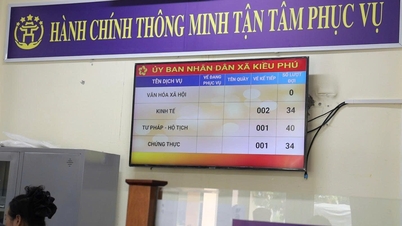




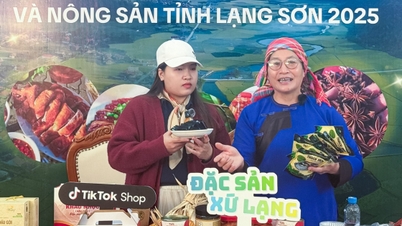






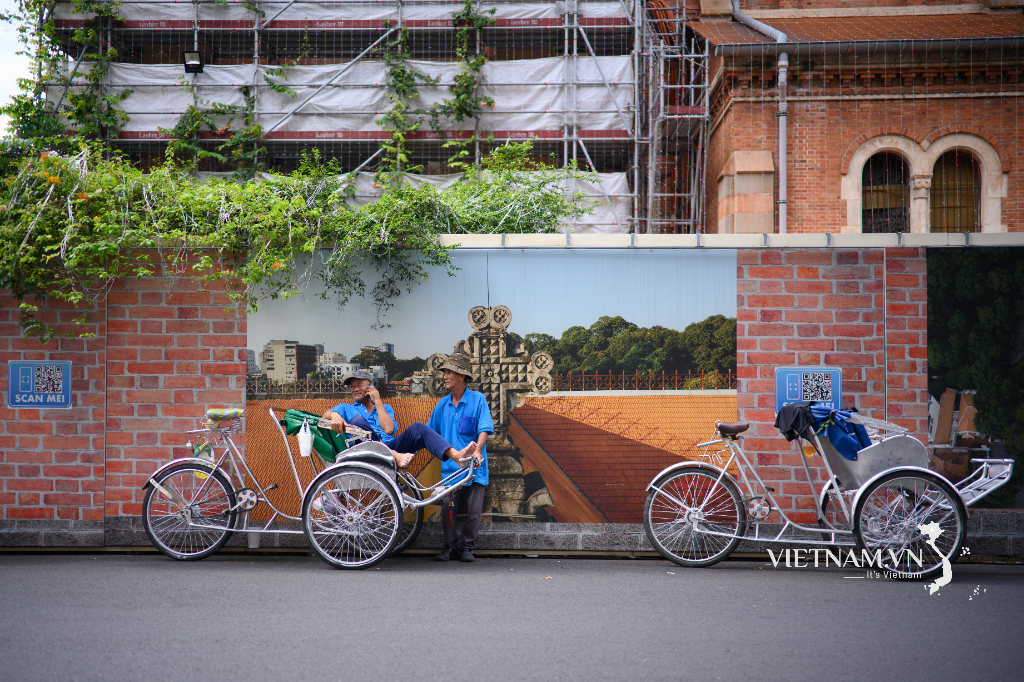


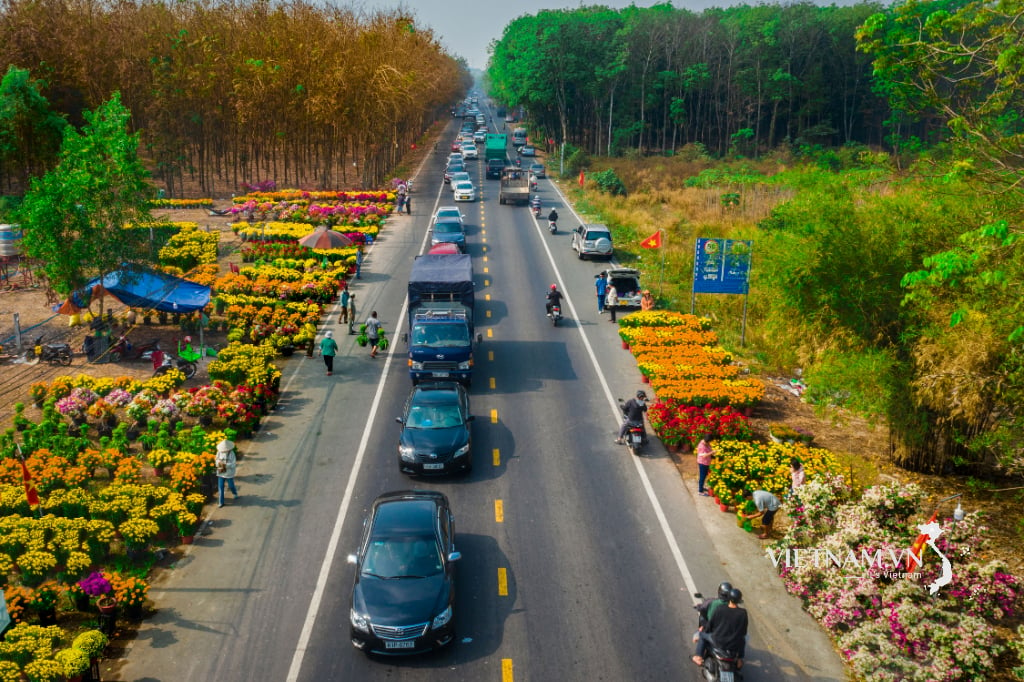




Comment (0)